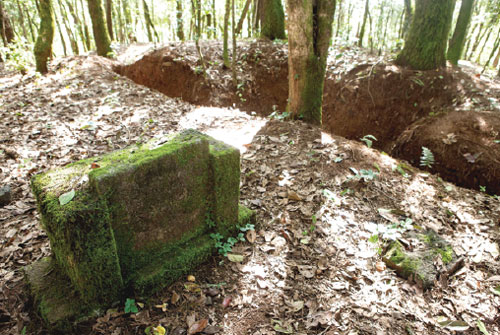The beginning of the end
Updated: 2015-08-19 07:45
By He Na(China Daily)
|
||||||||
|
An old defensive position on Laifeng Mountain in Tengchong. |
According to Li, military archaeologists began excavating the mountain's old defenses in November. "So far we have excavated four Japanese frontline positions, which have been codenamed 'Pine', 'Bamboo', 'Plum' and 'White Tower'," he said.
"In addition to bomb craters, three trenches and a number of pits used by the CEF, we have found many spent bullets, shell cases and bombs. Some of them are displayed at the Dianxi Anti-Japanese Memorial Hall," he added.
The differing sizes, shapes, directions and depths of the trenches suggest that they had different functions, indicating that the Japanese had prepared fully for the forthcoming battle, according to Li.
"Thanks to the valor of the men involved and the cover provided by the US air force, the Japanese were kicked off the mountain after three days of intense fighting," he said.
"The mountain was the Japanese army's last line of defense at Tengchong, and the retaking of the mountain was a major step toward recapturing the entire county. Tengchong was founded during the Ming Dynasty (1368-1644), and most of the buildings were made from stone, not wood. Once the Japanese had fortified the buildings, the county became a fortress. The CEF paid a high price in deaths and casualties to regain control," he said.
A cemetery at the northern foot of Laifeng Mountain, about 200 kilometers from the China-Myanmar border, contains rows of tombstones that bear the names and ranks of the dead.
The 53,300-square-meter grave-yard, which was opened in 1945, is the final resting place of the 10,000 CEF troops and 19 US liaison officers who died in the battle to retake Tengchong. Their bodies were cremated en masse, and the ashes were buried on the summit near a small monument.
Wu said the victory inspired the CEF troops. "Tengchong was the first county to be recaptured from the Japanese during the invasion, which was a great boost to the soldiers' confidence."
The victory was anything but easy, though. The two armies engaged more than 40 times in 127 days, resulting in the deaths of 7,757 Japanese troops.
The frequent visitor
The cemetery is now a major attraction and regularly draws large numbers of locals and tourists.
Every few days, CEF veteran Lu Caiwen visits the graveyard to lay chrysanthemums in memory of his fallen comrades. The 90-year-old graduate of the Whampoa Military Academy explained that the classmates who sat on his left and right were both killed in the war.
"I still miss them," he said.
Lu joined the Kuomintang army at age 16 after witnessing several atrocities committed by enemy soldiers in Tengchong. After enlisting, he was sent to a military training school in Dali, Yunnan, which had been founded by the Kuomintang National Government Military Committee, but was later merged with Whampoa.
"The training course was scheduled to last for three years, but because of the war it was shortened to 12 months. After graduation, I was sent to work for the 11th army's intelligence unit to collect information about the Japanese military deployments," he recalled.
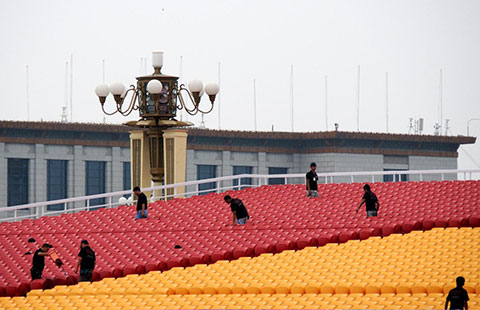
 The changing looks of Beijing before V Day parade
The changing looks of Beijing before V Day parade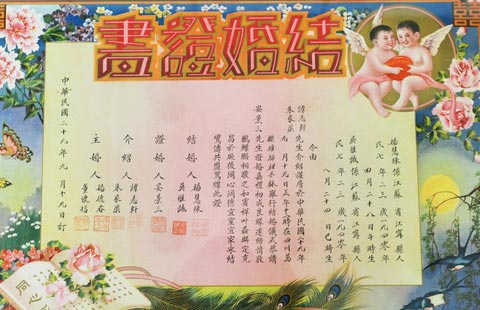
 Nanjing displays ancient marriage, divorce certificates
Nanjing displays ancient marriage, divorce certificates
 Top 10 Android app stores in China
Top 10 Android app stores in China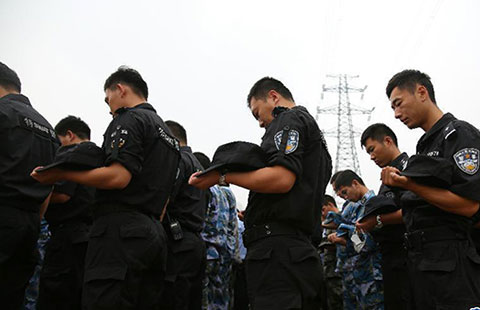
 Ceremony held to mourn victims of Tianjin blasts
Ceremony held to mourn victims of Tianjin blasts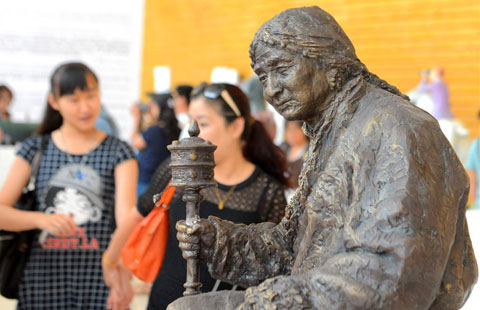
 Silk Road city displays sculptures at exhibition
Silk Road city displays sculptures at exhibition
 Top 10 companies with the most employees
Top 10 companies with the most employees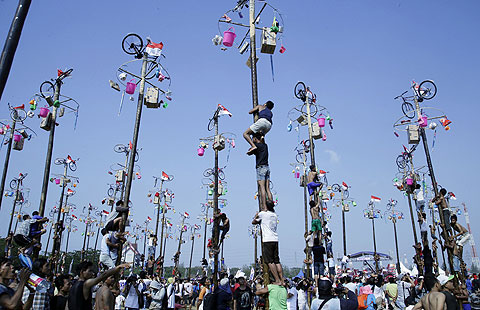
 Men in Indonesia climb greased poles to win prizes
Men in Indonesia climb greased poles to win prizes
 In pictures: Life near Tianjin blasts site
In pictures: Life near Tianjin blasts site
Most Viewed
Editor's Picks

|

|

|

|

|

|
Today's Top News
Fitch warns insured losses from Tianjin explosions could reach $1.5b
Hillary Clinton breaks with Obama on Arctic oil drilling
Man in yellow shirt is Bangkok bomber: Police
Beijing dismisses reports of Abe's China visit in September
Anti-corruption campaign 'good for China, US'
Police: Man in yellow shirt is Bangkok bomber
Rain in Tianjin poses no health risk, says official
Two HK women among four Chinese killed in Bangkok blast
US Weekly

|

|
